Fleas are able to jump from their environment to their hosts, their pets and then to humans. A single female flea can produce up to 50 eggs a day, which hatch within 2 to 5 days.

If the environment is suitable (they like moisture), the larvae will forage for food and crawl for up to two weeks, after which they will form cocoons in which they will become adults. At the right temperature, fully formed fleas can survive in their buds up to 12 months.
To get rid of these pests, you have to completely eradicate the infestation.
Adult fleas are small, wingless parasites that feed on the blood of our pets. Fleas collected in the environment can quickly become very annoying biting pests.
Your saliva can cause your dog to itch. They can cause secondary bacterial infections and cause severe skin reactions, which is a good reason to treat a flea infestation as soon as it is detected.

Symptoms of fleas in dogs
Although some of our four-legged friends do not have serious reactions to fleas, many suffer serious discomfort and discomfort. Your dog may display the following signs listed here.
- Intense itching and licking of the skin
- Crusting or redness
- Restless behavior
- Skin ulcers
- Flea allergic dermatitis, which is an allergic reaction to flea saliva
- Hair loss
There are more than 2,500 species of fleas in the world, 94% of which feed on mammals.
Causes of fleas in dogs
Fleas not only make you, and especially your family members, feel bad, but they can also be the cause of ringworm (when fleas are ingested), flea-borne typhus (spread by stray cats and wild animals that may visit your garden), rickettsia smallpox caused by cat fleas, and flea-induced allergic dermatitis.
Getting rid of a flea infestation can be difficult.
Squirrels, rodents, cats, and dogs can drop fleas to the ground, which in turn can jump on your pet.
Fleas and flea eggs can easily land on the floors of your home and infect everyone in your home.
Mice that enter the house can bring fleas with them.
Fleas settle and hatch on furniture and bedding, and if your dog is lying there, the flea life cycle continues.
All life cycles (eggs, larvae, pupae and fleas) must be removed from the living environment.
Fleas can appear in kennels, dog houses, and kennels.
Diagnosis of fleas in dogs
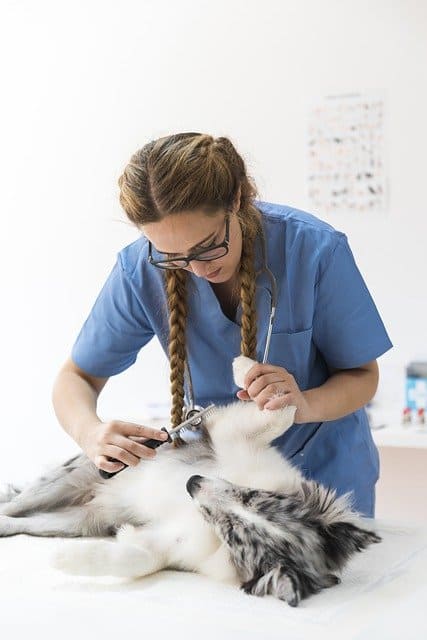
If you see that your dog has itchy skin and is generally uncomfortable, you can check for fleas. It is best to go to a veterinary clinic where the veterinarian will definitively diagnose flea infestation.
After discussing your pet’s medical history and recent travels, your veterinarian will examine your canine family member for signs of skin irritation and flea bites.
You’ll also know exactly where to look for fleas on the warm parts of your dog’s body. The veterinarian can also use a flea comb to easily remove dirt from fleas. Flea droppings placed on a damp paper towel will turn coppery red, confirming the presence of fleas.
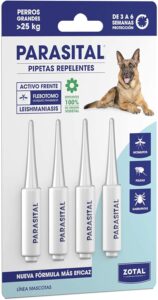
Your veterinarian may perform a skin test to rule out other causes of itching and confirm if your pet also has flea allergy dermatitis.
Anti-flea treatment for dogs
To effectively remove fleas, carefully follow your veterinarian’s recommendations. Not following the instructions is one of the main reasons why it seems impossible to get rid of fleas.
It will be difficult, that is undeniable, however, with the right tools and care, it can be done.
They may recommend the use of a flea shampoo, this will kill fleas on the body and you may see them fall from the fur while lightening the dog.
Once the shampoo is rinsed, the effect quickly wears off, therefore it is better to use the shampoo in combination with other products.

Insect growth regulators are products that prevent fleas from reproducing and completing their life cycle, provide residual protection and should be used less frequently. They have low toxicity, are safe for animals and are used around children.
Topical liquids take several hours, sometimes up to 3 days, to spread long enough to kill the parasites.
Flea collars and flea powders are much less effective than the treatments described above when the dog already has fleas, these are preventive tools to avoid contagion.
Flea control for dogs Flea control for dogs
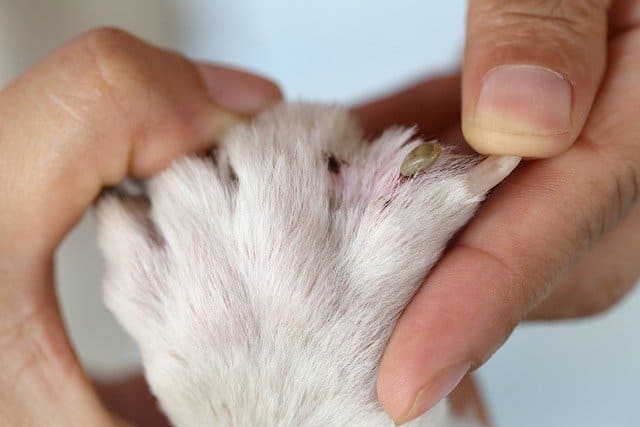
It is also important to note that treatment should continue when you return home from the clinic.
Your home environment should be treated immediately after your pet has been treated. If possible, don’t take your dog indoors until it has been cleaned and disinfected and a flea product applied. Be sure to treat all pets in the house.
Areas to watch are floors, bedding, furniture, cabinets and cracks under baseboards and heaters.

Wash your dog’s bed several times over the next few weeks and months, eliminating an infestation can take anywhere from six weeks to three months.
In any case, keep your garden clean and tidy, which will hopefully make it less attractive to wildlife that carries fleas and searches for food or nesting spots.
Prevention is a wise decision for the future.
Do you help us share?
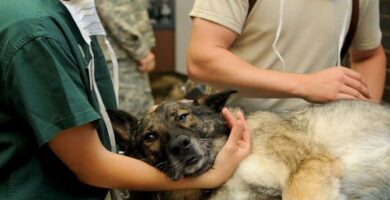
Leishmaniasis in dogs
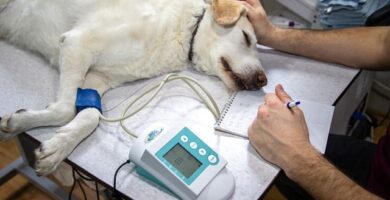
Pancreatitis in dogs

How your dog can help you physically and mentally
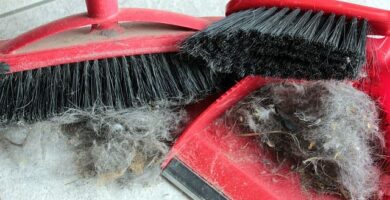
Home remedies for shedding hair in dogs

What is the best dog food for dogs with digestive problems?

Child and dog
- Why do dogs bury bones? - January 2, 2023
- How long is a dog’s pregnancy? - December 24, 2022
- Why do dogs mark territory? - October 24, 2022
